A few years ago Sigma began to carve out a very nice niche for itself with the introduction of its ART series primes. These quickly became legitimate alternatives to some of the top first party primes and it was no longer “second rate” to have one in your lens kit. Meanwhile third party rival Tamron was accomplishing something similar with its pro quality stabilized zooms like the 24-70mm f/2.8 VC, 70-200mm f/2.8 VC, and, most recently, the superlative 15-30mm f/2.8 VC (which has rapidly become one of my favorite lenses, particularly since I got the Fotodiox WonderPana filter system for it). But it’s clear that Tamron was keeping an eye on Sigma’ success with the ART series and has been quietly working behind the scenes to create its own pro-grade prime lenses. This new line of primes has now been unveiled, and I’ve been spending some quality time with the Tamron SP 35mm f/1.8 and Tamron SP 45mm f/1.8 VC lenses over the past few weeks.
It’s been a long time since Tamron has been associated with prime lenses (with the exception of some fine macro lenses like the recent 90mm f/2.8 VC). At one point, however, Tamron was making a number of quality prime lenses and had an innovative “Adaptall” mount system that allowed a user to swap mounts according to their camera’s mount system. I’m glad to see Tamron returning to the production of prime lenses, and fully anticipate that the newly released 35mm f/1.8 VC and the 45mm f/1.8 VC are only the first in a line of SP (Super Performance) prime lenses.
I will refer to Sigma’s ART series primes some during this review because I do believe that these are the most logical competitors for these new lenses. Sigma has produced some excellent prime lenses (and even a few innovative zoom lenses) in its ART series with exceptional optical performance and beautiful designs. I’ve reviewed the majority of them (see my reviews here). But Tamron has a few tricks up its sleeves as well. They have pioneered a number of their own innovations over the past several years, and most of those are being implementedcheck out my reviews here into their new primes. And fortunately for Tamron, several of these play to some of the weaknesses of the Sigma ART primes.
45mm? Yeah, I scratched my head, too. I posed the question to Tamron, and got the reasonable response that these two lenses were the opening salvo of more Tamron SP primes, and there was a certain amount of shared R&D costs between these two first lenses. They share the same front element sizes, and perhaps the move towards 50mm might have exceeded the shared design for the two lenses. I would have preferred 55mm to 45mm, myself, but that’s not what we got. Some readers have already expressed additional interest because of the 45mm focal length – so it all comes down to your own preferences. Tamron (probably wisely) elected to develop an excellent 45mm lens rather than a less excellent 50mm lens. The reality is that it doesn’t behave much differently in practice to any 50mm lens. Here’s what the difference between a 45mm and a 50mm looks like in real life:
Step back a few more feet (this is from about four feet/1.25m away) and that difference will become near imperceptible. By the way, this is also what the difference between f/1.4 and f/1.8 looks like. The 50mm f/1.4 shot is from my SMC Takumar 50mm f/1.4, which, despite its age, still has some of the nicest drawing I’ve seen from a 50mm lens. Those of you debating between a 35mm and 50mm prime may find this focal length (45mm) an acceptable compromise. And, just for fun, here’s what the difference between the 35mm and the 45mm Tamrons looks like.
Here are the raw numbers: the lens is 544g and 3.6″/91mm long. This is 270g less than the Sigma 50mm f/1.4 ART (815), but 254g heavier than the Canon EF 50mm f/1.4 (a lens not in the class of these lenses in any way). the Sigma is also 9mm longer. The Tamron has ten elements in 8 groups, including 1 LD (Low Dispersion) element and 2 Aspherical elements. In short, the Tamron is a medium sized lens that is visibly smaller than its Sigma competition.
Tamron Technologies
If you are reading both the 35mm and the 45mm reviews, you will find some overlap as they are released simultaneously and I had them both in hand at the same time. The reviews differentiate in a variety of areas to deal with unique qualities of each lens.
One area where Tamron has been on the cutting edge is in the implementation of its image stabilization systems. Tamron’s VC (or Vibration Compensation) systems have consistently been amongst the industry’s best since their introduction, and they have been the first (and, so far, the only!) lens manufacturer to successfully implement one in a standard wide aperture zoom (the SP 24-70 f/2.8 VC) or wide angle/wide aperture zoom (the SP 15-30 f/2.8 VC). These new prime lenses will be the first with an aperture this wide to receive in lens stabilization. In a Canon system the EF 35mm f/2 IS (an excellent lens that I own) has been Canon’s widest aperture prime to receive image stabilization. Both these new Tamron primes will now become the title holder. The Sigma ART prime lenses have a “sexier” (and larger) f/1.4 aperture, and while Tamron’s VC will allow for lower minimum shutter speeds in some situations (with a static subject), I suspect that some photographers will at least initially view these lenses as being less “pro grade” because of not having an f/1.4 aperture. The actual design and build of these suggest that they are most certainly pro-grade lenses (more so than the ART series, at least in build), but many consumer grade prime lenses also have an f/1.8 aperture (including Canon’s own “nifty fifty” that costs only $125), so Tamron will have a “perception gap” to overcome.
The inclusion of VC is a feature that many photographers will perceive as very valuable, and is a matter of priority for those that shoot video. The VC performance here is very good. It is completely unobtrusive, with almost no hints of its operation beyond the steady viewfinder and the nicely stabilized images. High resolution sensors really punish camera shake, so having good stabilization makes a huge difference. The VC is almost silent and does no unseemly jumping when activated. Handholding 1/10th second images is a piece of cake, and slower shutter speeds are possible with good technique and a static subject. This image is 1/8th second and essentially perfectly sharp:
Sony mounts do not come with VC. I’m always a bit disappointed by this, for, while I know that there is the possibility of interference with the in body image stabilization (and users would have to choose between the two systems), my feeling is that the best stabilization is in the lens where the system can be tuned to the individual needs of the lens. Sony users are familiar with this pain, however, so this is nothing new.
Another area that Tamron has been developing some valuable expertise is in the development of moisture resistance/weather sealing. They have included this feature on a broader range of lenses than anyone else, and, while there are differing opinions on the value of moisture resistance, it is also a strongly desired feature by many photographers. Photographers with pro grade camera bodies (with weather sealing) want the liberty to match lenses that also have weather sealing so that they can shoot in a broader range of weather conditions. The options for a weather sealed 50mm lens have been very slim. Tamron has gone to a whole new level (for them) with the weather sealing on these lenses, with actual seals at the appropriate places (even the focus ring), a rear gasket, and expensive fluorine coating on the front element. They back up this weather sealing with an industry leading six year warranty (in North America), which suggests they are serious about the build quality of these lenses. And these lenses are beautifully built, with a premium feel that is a real joy to handle and use.
Here’s a video breakdown of the size and build quality of these new lenses:
Moisture resistance is an area where the ART series has lagged, with no lens in the series claiming moisture resistance, so this is one more area where Tamron can distinguish its new primes. The 45mm VC appears to be a seriously pro-grade lens, with one of the higher levels of build quality that I’ve seen in a while. I’ve reviewed a LOT of lenses this year (I’m somewhere near 25 for the year), but this lens is near the top of the heap when it comes to build quality. Only the Canon 100-400L II and the Zeiss lenses that I’ve reviewed this lens match the build level here (and this includes several Canon L series lenses that I’ve reviewed this year).. This is manifest in a number of ways, including a body that is primarily made of metal (including metal filter threads!!), a metal mount (obviously), and a quality feel to the switches. There is a rubber gasket around the lens mount, and Tamron has also included expensive fluorine coatings on the front elements that further help the moisture resistance and makes lenses both easier to clean and more resistant to scratching. This lens quickly becomes one of the top options for a 50(ish)mm lens for photographers that need to shoot in sometimes adverse weather conditions.
The new build design is really quite beautiful. It’s simple and clean, and faintly reminiscent of Sigma’s ART series, although the materials here are actually higher grade. I do find the texture variety on the Sigma ART series a little more appealing, but I do really like this new, clean design. The black is broken up by white lettering (etched rather than printed) here and there along with an “SP” (Super Performance) badge and a light metallic ring near the lens mount that Tamron euphemistically calls “Luminous Gold”. This deviation from the black on black is probably the design aspect that most distinguishes the lens from the ART series, however, and will help Tamron with branding. Several surfaces have a slightly rubberized/soft touch feel that has a tactile pleasing quality.
The focus ring is extremely nice. It is very generously wide and almost perfectly damped. It glides smoothly either in MF mode or in full time manual override, and while the stops at minimum and infinity focus aren’t as definite as a true manual focus lens, they are definite enough that you don’t try to focus past them. There is also sufficient travel (nearly 180 degrees) to accurately focus manually. The focus rings on these lenses are some of best I’ve used outside of dedicated manual focus lenses, and are better than several of those, too. This becomes very important when one considers the amazing minimum focus ability of these lenses. At macro distances most photographers prefer manual focus anyway, and these lenses are joy to use in a pseudo-macro fashion. The lens has focus distance window but no hyperfocal markings (not surprising). Both lenses take a moderate, inexpensive, and easy to find 67mm filter for those nice metal filter threads that is shared with a number of other lenses.
The build quality here is a new high for Tamron, and belies the moderate price point ($599 USD). The look of the Sigma ART series is still perhaps minutely better, but the build quality of these new Tamron primes exceeds any of the four Sigma ART series lenses I’ve used.
The attention to detail in the fresh design carries over to redesigned front and rear lens caps. The front cap is both chunkier and more contoured than previous Tamron lens caps. It has a more premium feel, which was (I’m sure) the point. As lens caps go it is very nice, and the center pinch portion has a notably precise action that feels better engineered than any previous lens cap I’ve used. The rear cap is also a huge step forward. The previous Tamron rear caps have been on the (ahem) bottom of my list of favorites. I tend to trade them out with Canon caps for the Tamron lenses in my kit while the Tamron caps tend to go to the more lowly vintage lenses in my collection that don’t get used often. Those caps only screw on at distinct points and lack flare. These new caps are another matter. They are contoured, for one, flaring out towards the lens in both a stylish and functional way. They mount easier as well and certainly wouldn’t get demoted in my collection.
Tamron has even redesigned the font for its name in a more serious, contemporary style. These two lenses represent an attempt to move upscale, and my perception is that it is working.
Perhaps to deflect some criticisms over moving some of its manufacturing out of Japan on some of its less premium offerings, these lenses remind us twice that they are both designed and manufactured in Japan (and then again on the hood).
There are two switches on the body with a different look and feel than any other Tamron lens I’ve used. They resemble (wait for it…) the ART series a bit more, save these are a bit wider and flatter. They are the basic switches you would expect, with an AF (Autofocus)/MF (Manual Focus) switch (full time manual override is always available), and the second switch is an ON/OFF for the VC (Vibration Compensation). The switches placement is a little different than usual, with a more side by side look than the typical stacking. There is internal sealing around them to complete the moisture resistance.
Another effective technology that Tamron has recently developed is in its coatings. This from Tamron’s press release, “eBAND Coating deployed to thoroughly suppress ghosting and flare eBAND (Extended Bandwidth & Angular-Dependency) and BBAR (Broad-Band Anti-Reflection) coatings, both providing outstanding anti-reflection effect, are applied to critical element surfaces for maximum light transmission. Internal reflections from element surfaces which cause ghosting and flare are reduced to an absolute minimum. Flawless, crystal clear images can be obtained. eBAND Coating, a hybrid nano-structured layer with extremely low refractive index coupled with multilayered anti-reflection coating technology, efficiently minimizes reflection of extremely angulated incident light—something that cannot be achieved by conventional anti-reflection coatings alone.”
Techno-speak aside, these coatings provide an almost complete resistance to flare and ghosting. Many prime lenses are susceptible to a variety of flare defects, from veiling to ghosting to a variety of flare related artifacts., but despite thorough torture testing during my time with the lenses I found them extremely resistant to flare.
As you read the various reviews as they start to pour in, I think you will find a general consensus that these lenses are seriously well made pieces of kit.
But Are They Super Performance?
Watch the video here to see me break down Tamron’s various claims about the “Super Performance” of these lenses.
I’m happy to announce that yes, they are definitely super performing prime lenses. Both lenses have been able to perform extremely well in my tests. They aren’t Zeiss Otus level (nothing is), but they will stand against anything else on the mere mortal level.
Here’s an image quality breakdown from the Tamron SP 45mm f/1.8 VC in bullet form:
- Sharpness is strong across the image frame from wide open. I don’t see the biting resolution/contrast of the Otus series, but even wide open landscape shots show high resolution across the frame without any hint of that haziness/indistinct edges that softer lenses will show. The lens also exhibits a nicely flat focal plane. I haven’t found a situation where I would hesitate to use the lens wide open. I’ll leave the chart testing to those that excel at it, but I suspect that these lenses are resolving just about as high as the ART series lenses at equivalent apertures. Stopping down to more typical landscape apertures produces biting sharpness across the frame. I’m always happy when I zoom in to images at a pixel level and discover that images look even better then. Here is a series of images and crops that have been a bit mind blowing:
- Flare resistance is exceptional. No hazing, ghosting, or flare artifacts that I’ve seen. These lenses perform more strongly in this aspect than any ART series lens that I’ve used, though they are good performers as well. I simply could not introduce any kind of flare artifacts when putting the sun into the frame. Very nice!
- Bokeh quality is very nice from the rounded nine bladed aperture iris. Bokeh quality is creamy and soft, with a nice transition to defocus. This is true of the bokeh before the plane of focus and beyond it. The nine rounded blade aperture is doing its job, too, with bokeh highlights remaining round when you stop the lens down. My own objection is a common one – towards the edge of the frame the bokeh highlights take on a somewhat “cat-eyed” quality and are less round. When putting bright defocused lights into the scene (like with the Christmas lights below) the bokeh shows a minimum of busyness.
- At a pixel level there are some very, very light concentric circles (commonly referred to as “onion bokeh”) that become a little more pronounced as the lens is stopped down. This “activity” is less pronounced than it was with the Zeiss Otus 1.4/55mm, however, and none of us are complaining about it’s bokeh. Inside many bokeh circles there is an inner line, and typically the less pronounced that is, the better. Bokeh highlights will be softer. The Tamron does a better job with this than many of the 50mm lenses I have similarly tested. The overall roundness of highlights across the frame is better than that of, say, the Canon 50mm f/1.8 STM that I recently reviewed. At close focus distances the lens creates extremely strong blur that looks a lot like a macro lens.
The combination of nice optics and strong bokeh performance means that this is a lens capable of producing a lot of beautiful images! The ability to focus down so much closer than other 50mm lenses (more on that in a moment) opens up all kinds of new possibilities. On the other end of the aperture spectrum, stopping down the nine bladed aperture produces some delightful sunstars/sunbursts that add a lot to an image.
- Vignette control is also a strength. There is a slight bit of vignette visible in the corners at wide open apertures, but far less than competing primes. The use of a slim circular polarizer did not add any obvious vignette. In most situations there isn’t enough vignetting to even be noticeable, and when you compare it side by side with other lenses you quickly get a sense of how good this performance is. The frame below (which should be white from corner to corner) shows a small amount of vignetting (roughly one stop) wide open on a full frame body. In field use I haven’t noticed enough vignette from the lens that I would feel the need to correct anything. This, combined with low native distortion (a tiny amount of barrel distortion), means that those of you concerned about not having a lens profile in camera to correct for these things shouldn’t have much to worry about.
This landscape shot was taken wide open and the primary corner (upper left) that should be light shows relatively little vignette.
- Color rendition seems very good overall. Colors are natural and rich. You can judge for yourself by checking out the Lens Image Gallery.
The parade of optical goodness comes to a crashing (and surprising) halt when it comes to the chromatic aberration control. This is definitely the optical weak point. I was surprised by the amount of both purple and green fringing I saw in high contrast areas. This is one area where the Sigma ART 50mm definitely exceeds the optical performance of the lens. It seems like so many modern lenses seem to have this monster defeated, so I’m frankly disappointed by this performance. In most cases chromatic aberrations can be easily corrected in post, but it’s a stage that I personally prefer to avoid. Here is the worst example I saw during my review period.
This sample also shows off the very impressive sharpness, though. If you want to see many more image samples, including some full size images you can download, please visit the Lens Image Gallery here. I’m always happy when Roger Cicala from LensRentals weighs in on any lens. He has the unique opportunity to test large batches of lenses (unlike most of we reviewers) and can thus spot trends like sample variation. He tested the two new Tamron primes on the optical bench and found that A) they resolved very highly and B) the sample variation result was excellent on the 35mm and exceptional on the 45. That’s an encouraging report, and you can check it out here if you would like.
Close Encounters of the Magnification Kind
I’ve saved one of the best features of the lens until last. When I first saw the press release for the 45mm, I did a double take. High maximum magnification figures are not the norm for 50mm lenses. I’ve got an older Zeiss Planar T* 1.7/50mm that I really love, but I don’t use it as often as what I’d like because its minimum focus distance is two feet/60cm. Here’s what minimum focus distance looks like for my Zeiss – this is a not very impressive amount of magnification of my little SMC Takumar 55mm f/1.8.
I will often reach for the SMC Takumar 50mm f/1.4 when I’m shooting with my vintage glass primarily because it’s minimum focus distance is much better. It will focus down to 45cm (around 18 inches), resulting in a somewhat standard for 50mm .15x magnification. Here’s what that standard looks like:
Some of the new releases better that mark by a bit (the Sigma ART allows for .17x magnification). The fresh design of the Canon 50mm f/1.8 STM is much better and allows for focus down to 14″ or 35.5cm, giving a .21x magnification figure. But the new Tamron SP 45mm is in a league of its own, allowing for a minimum focus distance of 11.4’/29cm, and maximum magnification of .29x. Here’s what minimum focus distance looks like with it.
Umm, wow! I doubt that I need to tell you how impressive this performance is. Here’s a side by side visual comparison:
You can get close enough to give a very macro look to the image, with the background completely diffused. This opens up any number of creative shooting options, and just look at how high the resolution is here even at f/1.8.
I find that it can focus close enough and resolve highly enough that I can treat it much like a macro lens, right down to needing to consider closing down the aperture because the depth of field is so narrow (depth of field at minimum focus is only .18 inches or just 4.47mm – that’s tiny!). The performance is good enough that if you don’t need true 1:1 life size reproduction and mostly want to shoot flowers or similarly small objects you would probably be very satisfied with using this lens as your macro lens. The working distance isn’t terrible and that is already a lot of magnification. A bit of cropping and suddenly you have life size. Adding an extension tube would get you even closer! The fact that the focus ring works so well (most macro photographers like to use manual focus) makes this a treat to use at close focus range. This is a very, very key selling point for me. By the way, the Tamron 35mm f/1.8 is even more impressive, offering up a .40x magnification that is just incredible!
Tamron accomplishes this through the use of a floating element (Tamron calls it their “Floating System”). They’ve done a fabulous job of its implementation, and if they manage to do something similar with an 85mm lens (magnification figures are even worse there!) it could be a pretty revolutionary lens.
This is one of the features that I’m most excited by because it fits my own shooting style so well.
AF Performance
This is an area where these lenses really need to distinguish themselves. I own the Canon EF 35mm f/2 IS, and it is a focusing standout. It’s fast, but more importantly, it is exceptionally accurate. My images from it are always well focused, so its a lens I will frequently use for professional work – from portraits to reportage. I can trust it. I won’t own a lens that I cannot trust to consistently and accurately autofocus.
The Achille’s heel for the Sigma ART series in my experience (and that of many other photographers – particularly other Canon shooters) has been sometimes inconsistent autofocus accuracy. Both Tamron and Sigma are forced to reverse engineer Canon, Nikon, and Sony’s autofocus algorithms because these companies will not license their technology to them. My experience says that Tamron has been able to more effectively accomplish this, and I get very consistent results from some of the professional grade zooms from Tamron. I use them almost exclusively for my event and wedding work and typically don’t have to discard one image out of a thousand for missed focus. Large aperture primes are very demanding for autofocus, so this is a key point for Tamron if it wants to convince photographers to choose its lenses over first party choices.
Things got off to a good start when I performed calibration. The 45mm required only a +1 AFMA adjustment while the 35mm needed a -2. I prefer small adjustments as a matter of principle; it means that those without the ability to perform microadjustment in their camera bodies can still expect reliable performance out of the box. I did notice a difference even in that +1 adjustment, however, as autofocus accuracy was improved.
The autofocus motor in the lenses is Tamron’s USD (Ultrasonic Drive). This is a true ring type AF motor similar to Canon’s USM. The AF feels a bit more snappy in the 35mm. The 35mm is roughly similar in speed to my Canon 35mm f/2 IS in most situations, although I would still give the Canon the slight nod. The 45mm is a bit slower, however, though it is marginal. I rarely find Tamron’s AF speed with its wide aperture lenses to be top of the class (the 70-200 f/2.8 VC is the best of the bunch). They are more like middle of the pack. The best USM motors from Canon focus faster, and I would also give a slight edge in speed to Sigma’s 50mm f/1.4 ART. One thing to consider is that these lenses focus closer than their competitors, so if the lens is completely defocused it will take a split second longer to achieve focus as it has a larger focus range. Less extreme focus changes come quickly, and the lens has proven able to focus confidently even in challenging situations like backlit or dimly lit environments. There is a split second feeling of momentum gathering before the elements fly into motion which is accompanied by a faint sliding sound like the elements moving along. It isn’t as quiet as Sigma’s HSM motors, nor is it as fast as the better USM motors from Canon. If you are familiar with the focus speed of Tamron’s 24-70mm f/2.8 VC lens then you have a pretty good idea of the focus speed of this lens. The 45mm lens is probably a hair quicker. I’ve used the 24-70 VC on several different continents and in many professional applications and its always gotten the job done for me, so I suspect this lens will as well. The reality is that I haven’t really seen a 50mm lens that focuses with the speed of, say, the Canon 135mm f/2L. I would say that the Tamron 45mm is a bit behind Canon 50mm f/1.2L or the Sigma 50mm f/1.4 ART, but these lenses advantage is marginal.
It seems like every 50mm lens has some kind of focusing quirk. The 50mm f/1.8 even in STM guise focuses at a similar speed. The EF 50mm f/1.4 has inconsistent focus and tends to break. The 50mm f/1.2L tends to backfocus, and the Sigma 50mm f/1.4 ART simply focuses inconsistently at times. The Tamron? I’d just love to see a bit more speed here, particularly considering that it is moving a bit less glass than its top competitors (f/1.2 and f/1.4 respectively).
Focus speed is adequate…but what about focus accuracy? This is where the rubber meets the road!
I’m happy to report that I’m getting excellent focus accuracy results. As per usual, lenses on the 6D prefer AF points closer to center (it has a super focus point in the middle and unexceptional focus points beyond). While focus takes longer on the outer points (and will hunt in poor conditions), once focus locks it does so accurately. My 70D body has more robust cross-type AF points across the frame, and the lens focuses more quickly with them. Par for the course for the 6D, but I’m very accustomed to that by now. Fortunately the 6D makes up for it in a lot of other ways!!
I’m very happy with focus accuracy; if the 45mm focused just a little more quickly I’d be ecstatic. Here’s a few other focus samples (all wide open):
Interestingly, however, in a Japanese language interview (it doesn’t translate perfectly) Tamron engineers intimated that they prioritized accuracy over speed. It was probably the right choice. The 45mm is fast enough…and accuracy is paramount for me.
Portrait notes: Some of you that have read my reviews in the past know that I like to try wide aperture lenses out in a portrait environment. Environmental portraiture is typically very demanding on an AF system because you are shooting at wide apertures and looking for pin point focus on eyes. This is where the focus inconsistencies of many lenses are exposed. I went out today to shoot a portrait session. The weather was not particularly cooperative; it was a very, very bright and my open window for shooting was not the best. But, I was on a deadline with these lenses, and I thought, “Why not a torture test?” I shot almost every portrait shot wide open (f/1.8), except for three frames I dialed down to f/2.2.
I took a few tools to help combat the light. I used the Lite Genius Lite-Scoop II flash modifier I reviewed a few months back for my Metz 64 AF-1 flash unit. I prefer to shoot with my flashes off camera, but did not have time nor the inclination for a complicated light setup. The flash was on the camera with the modifier in place. I also took along an ND8 filter that I happened to have in the appropriate 67mm size so that I could bring the shutter speed down in certain situations. I also went with Manual HSS mode and shot with really high shutter speeds in other situations to just overpower the ambient light. The Metz has a lot of power and enables me to do this in most circumstances. I went through the roughly 100 shots from the session at a pixel level and found that my focus consistency was very good despite the challenging conditions. I slightly prefer the 35mm’s focus speed and accuracy, but the 45mm was rock solid as well (the 35mm may be a bit sharper).
Here is a gallery of portrait shots from the sessions and crops. These were all shot at f/1.8. They will also give you a chance to evaluate bokeh and color in an environmental portrait environment. These are not conditions that I would normally like to shoot portraits in, but the lenses themselves worked very well.
Manual focus is actually quite nice due to the combination of the nice focus ring I mentioned previously along with the rock solid VC. I don’t usually have the luxury of an image stabilizer when I manually focus, so it makes manual focus a kinder experience than on most AF lenses. Videographers will appreciate this along with a full 180 degrees of focus throw. These are perhaps the nicest manual focusing autofocus lenses that I’ve come across.
EOS M3 notes. While these lenses are on the larger side of what I would deem natural for my smaller EOS M3 mirrorless body, the focal lengths are appealing crossover ones. I was happy to find that the lenses focused nearly as quickly and accurately as native M mount lenses, although video AF Servo shooting can be a bit slow when making major transitions. Images produced with the combination are very appealing. It’s ironic that many recent Tamron lenses behave more mannerly via the EF adapter than most of the Canon lenses. Something about the way they achieve focus seems to agree with the M3. I recognize this affects only a few of you, but just in case…
How about Canon’s DPAF? A few readers were interested in how these lenses would work with Canon’s DPAF. I have a Canon 70D body, the first to use DPAF, and one of the few DSLRs to have quality servo AF during video recording. The lenses that work best with DPAF for video are those with stepping motors like Canon’s STM, but I’m happy to report that while these lens don’t focus quite as quickly as STM motors (and are bit louder in doing it), they focus smoothly and accurately. If you are using something else to record your audio I don’t see an issue. Here’s a little sampling of videos using DPAF.
DPAF works well for stills, too, though not as fast as typical contrast AF. All in all, the autofocus doesn’t wow you with speed, but makes up for it with accuracy. My guess is that the primary reason is that the lens has a longer focus throw than many competitors, a detail that will bring a sparkle to videographer’s eyes.
Conclusions
I’ve reviewed a LOT of 50mm lenses in the past year or so. I’ve reviewed the Canon 50mm f/1.2L along with the nifty fifties (50mm f/1.8II and STM), Sigma’s 50mm f/1.4 DG and 50mm f/1.4 ART, the Rokinon 50mm f/1.4, Zeiss Planar T* 1.4/50mm, Makro-Planar 2/50mm, and the Otus 1.4/55mm. On top of that I’ve done mini-reviews of some vintage 50mm glass, including the SMC Takumar 50mm f/1.4, 55mm f/1.8, Helios 44-2, and Zeiss Planar T* 1.7/50mm. That’s thirteen, by my count, not including the lens at hand. I’ve been on a bit of a “holy grail” quest for the perfect 50mm lens. This Tamron isn’t it, but it comes closer to finding the balance that I want than most. It’s currently on my personal Christmas list.
The fact that this lens is only f/1.8 and a Tamron might cause you to think that this is not a serious, pro-grade lens. This could not be further from the truth, though. My time with these lenses (not enough!) lets me know that Tamron means business. These are lenses designed for working professionals despite the reasonable price. They are built more like Zeiss lenses than Tamrons of old, save these are weather sealed. The optical performance is stunningly good, and there are some killer apps like VC and a crazy minimum focus distance that really set this lens apart from the pack. If it was a 50mm f/1.4 VC lens the line-up to purchase would already be forming.
It’s a reasonably sized lens that wouldn’t be onerous to pack along or carry. The image quality and bokeh is as good as anything not called Otus. My only nitpicks are that I’d like a bit faster focus and a lot less CA. But these principle shortcomings (along with a smaller than f/1.4 aperture) seem positively offset by so many strengths. Unless you absolutely feel like you need f/1.4 this lens is a stunning pick and highlights just how desperately Canon’s own EF 50mm f/1.4 needs an update. Tamron has undercut the price of the Sigma 50mm f/1.4 ART by $350 in this lens, and it is a LOT of lens for $599. Remember too that these lenses come with Tamron’s 6 year North American warranty. That in itself is a great value. I’m strongly considering adding this particular lens to my own kit as it seems to be filling the void I hoped Canon would fill with an equivalent to the 35mm f/2 IS in the 50mm focal length. Canon hasn’t (yet) built that lens, but it seems like Tamron has in the Tamron SP 45mm f/1.8 Di VC USD. My understanding is that these lenses are only the first in a new line of Tamron prime lenses. All I can say is, “Bring them on!”
Pros:
- Exceptional build quality
- Better weather sealing than any other 50mm lens
- Fluorine coating
- Amazing .29x maximum magnification
- Excellent manual focus ring with good focus throw
- Excellent resolution from wide open on
- Low vignetting
- Quality bokeh from nine blade aperture
- Well performing VC system
- Accurate autofocus
Cons:
- Larger than other 50mm f/1.8 lenses
- More chromatic aberrations than expected
- Autofocus speed could be faster
- Doesn’t include a case/pouch
- Smaller maximum aperture than main competitors
A big “thank you!” to Canada’s Amplis Foto for providing these retail samples for review. I’ve bought many lenses and accessories from Amplis myself, and they are great to deal with! You can use the Coupon Code AMPLIS52014 to get 5% anything in their store, including these new lenses!
Gear Used:
Canon EOS 6D DSLR Camera (Body Only)
Tamron SP 45mm f/1.8 Di VC USD (in Canada)
Tamron SP 45mm f/1.8 Di VC USD (USA and World)
Adobe Lightroom CC Software for Mac and Windows (Boxed Version)
Adobe Photoshop Creative Cloud 1-Year Subscription
Alien Skin Exposure 7 (Use Code “dustinabbott” to get 10% anything and everything)
Purchasing your gear through B&H and these links helps fund this website and keeps the articles coming. Thank you for your support.
Great News! I can now offer a 5% discount on all purchases at Amplis Foto, Canada’s Leading Photographic Supplier. Please enter discount code: AMPLIS52014 in your cart. It is good for everything in your cart, and is stackable with other coupons, too! It will take 5% off your entire order! Proceeds go towards keeping this site going and providing you with new reviews!


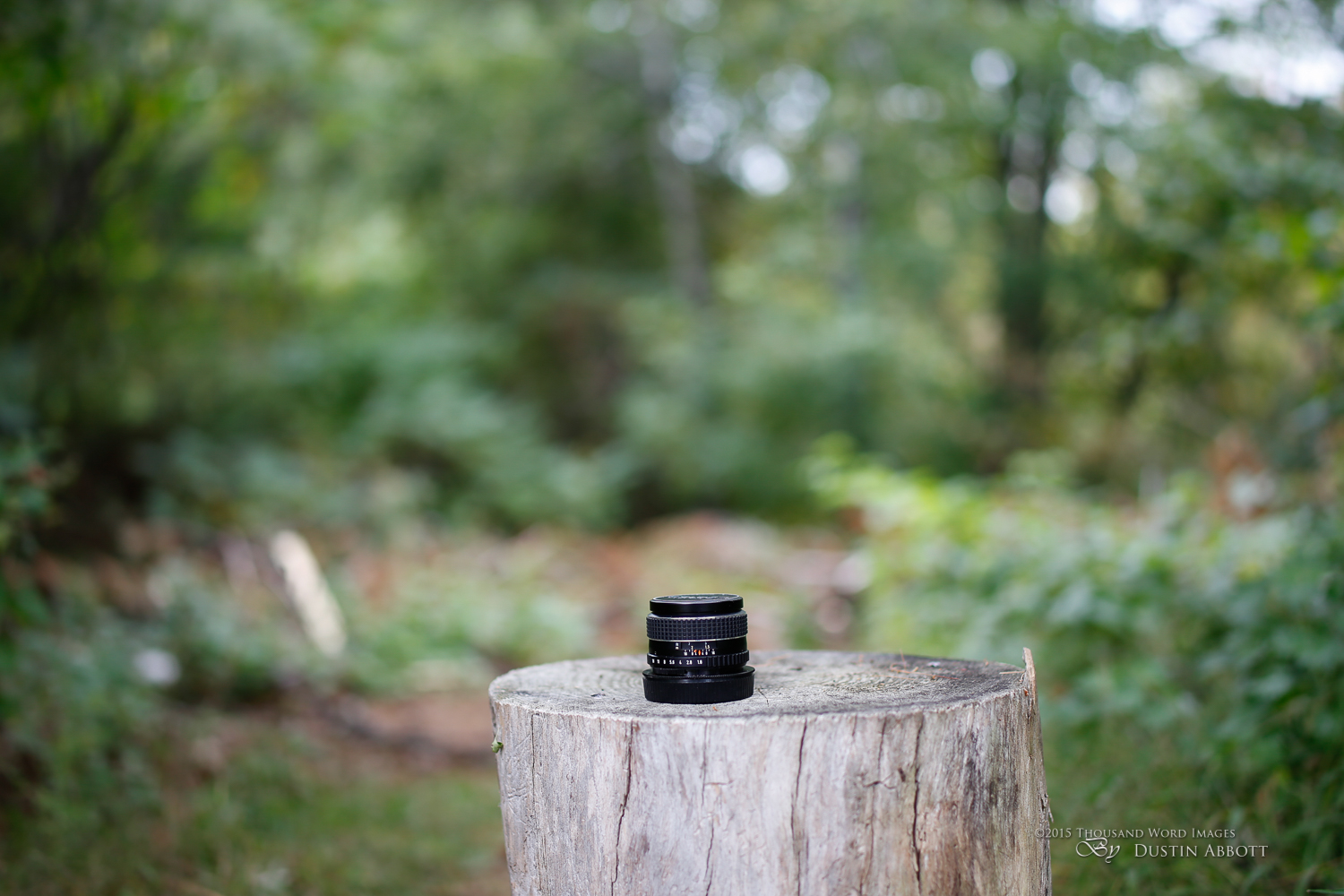
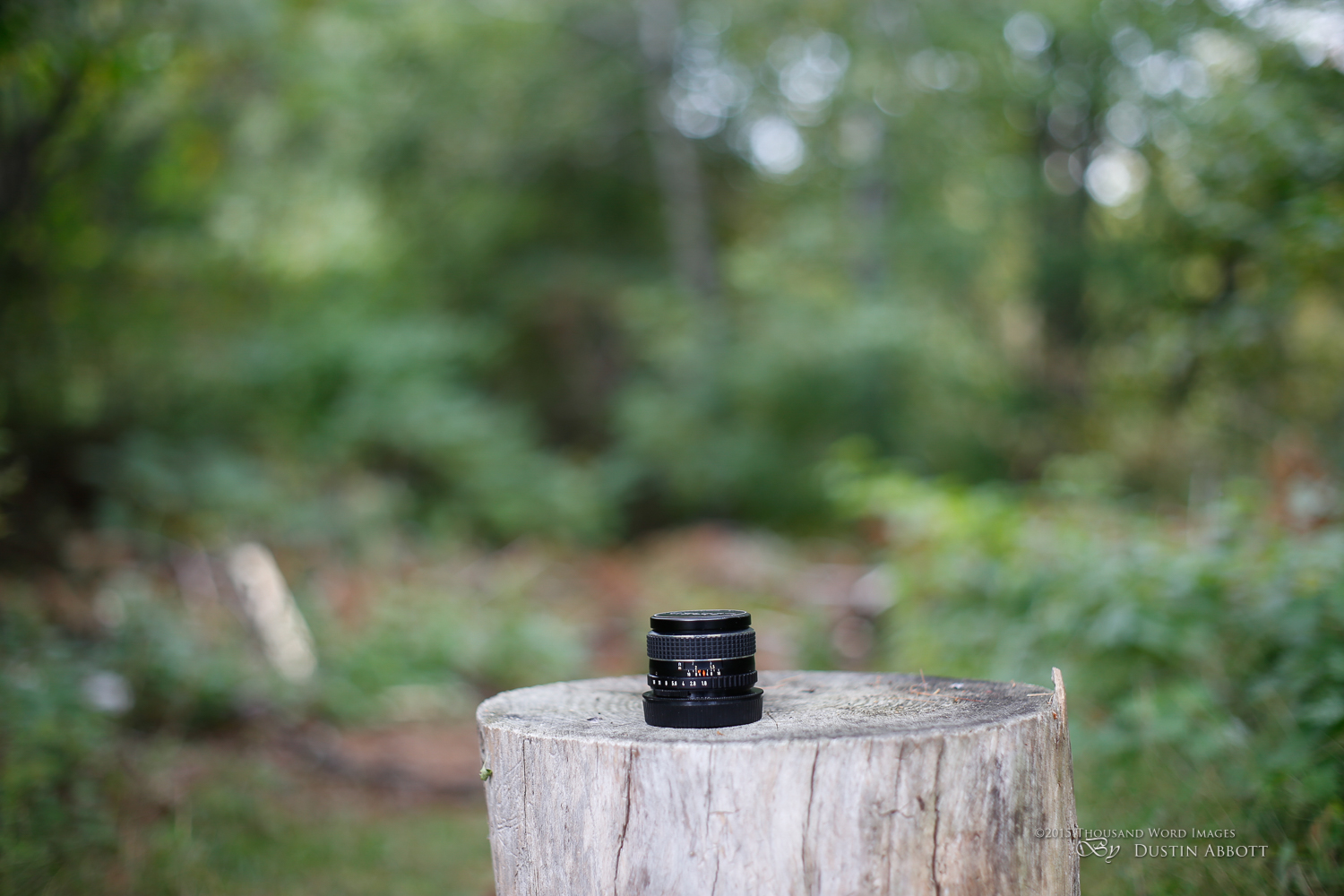
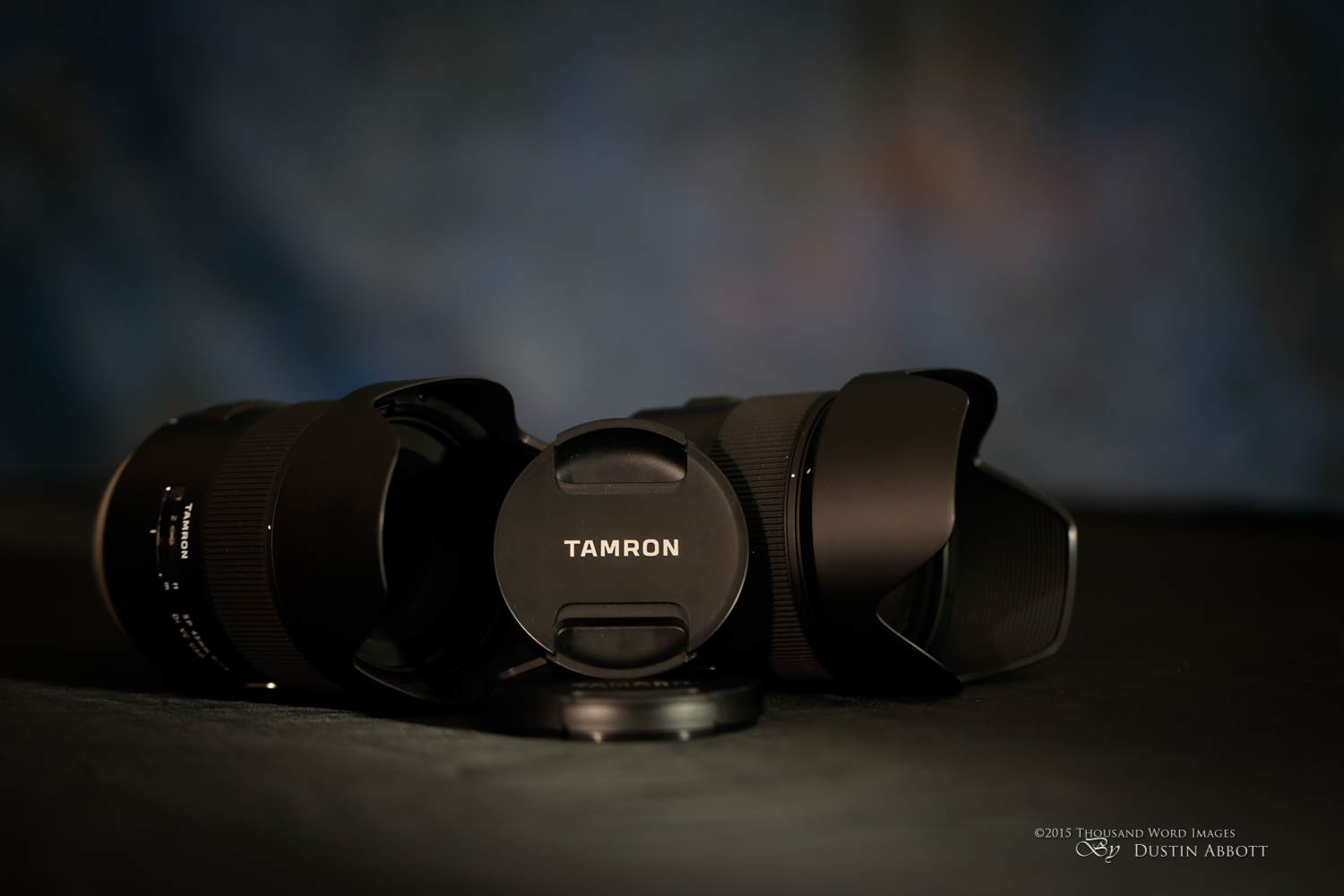

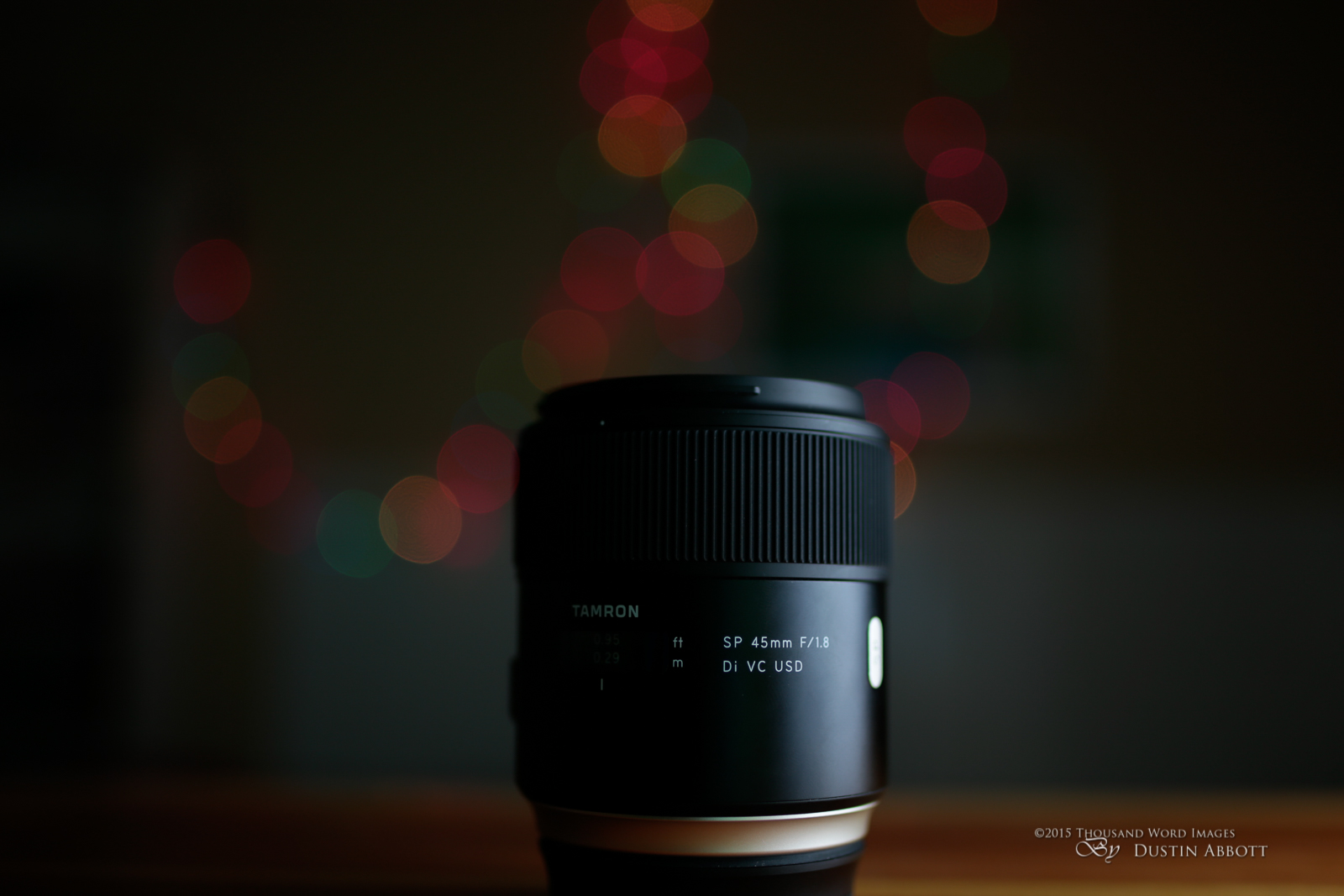


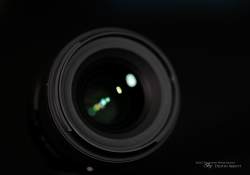
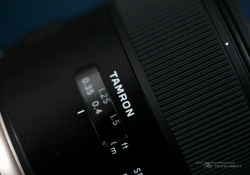

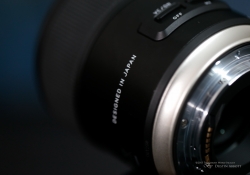
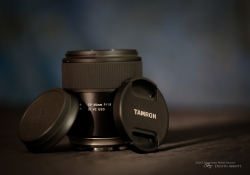
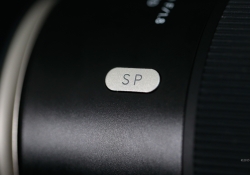
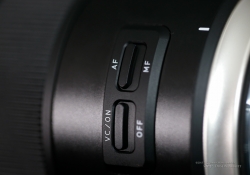
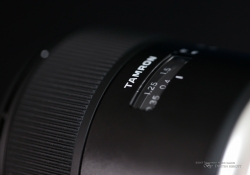
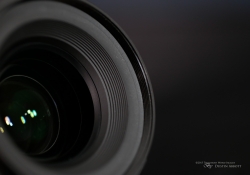
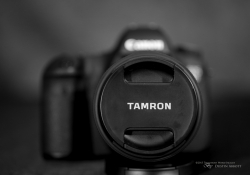
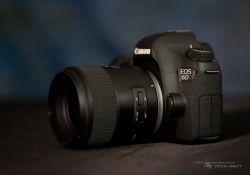
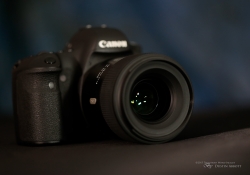
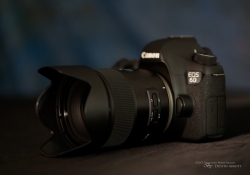
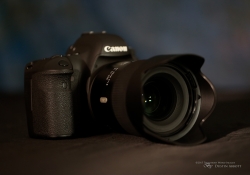

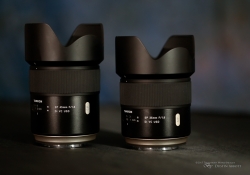
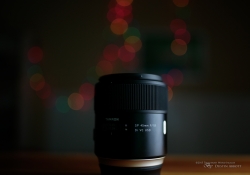
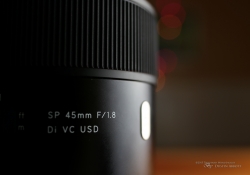
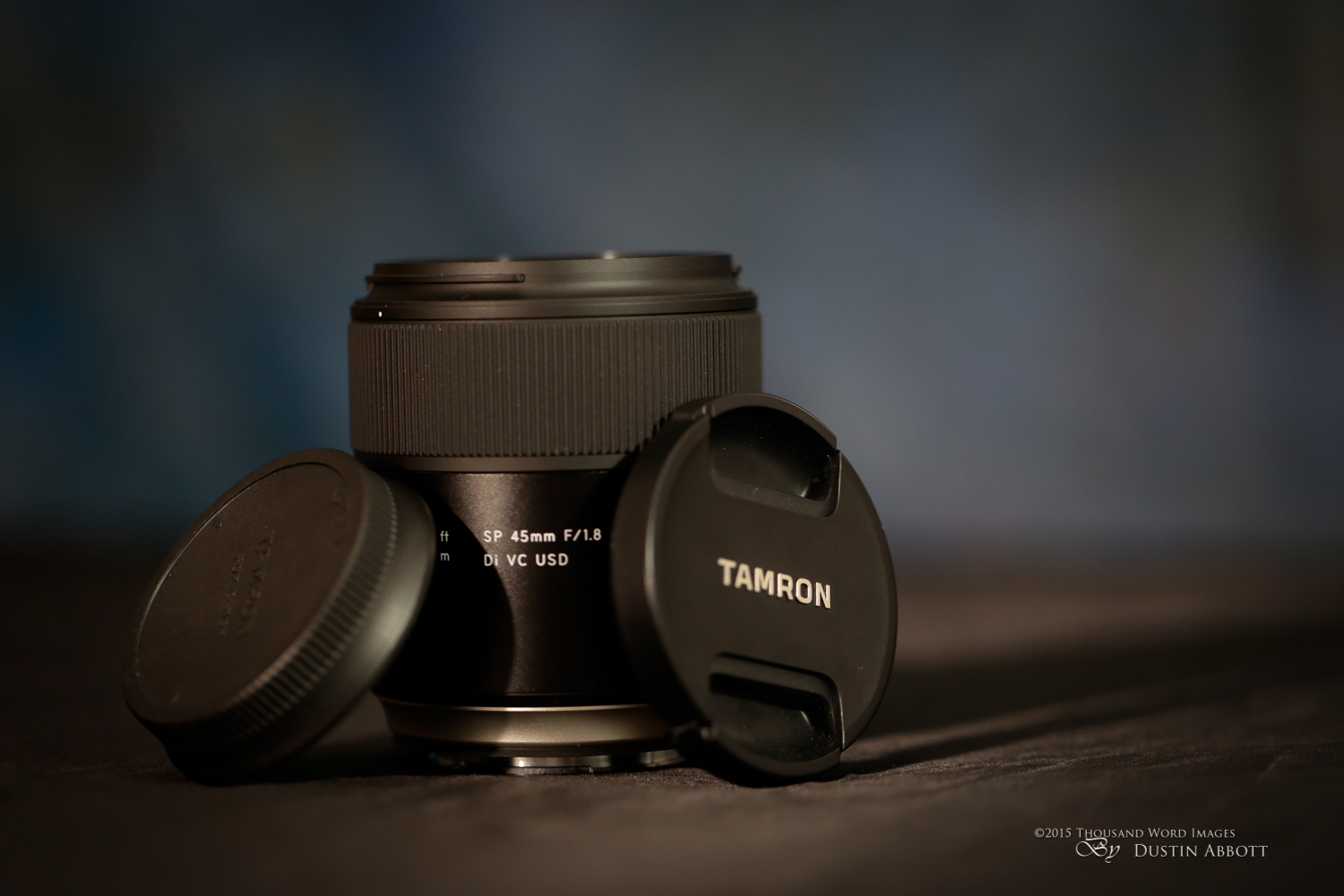
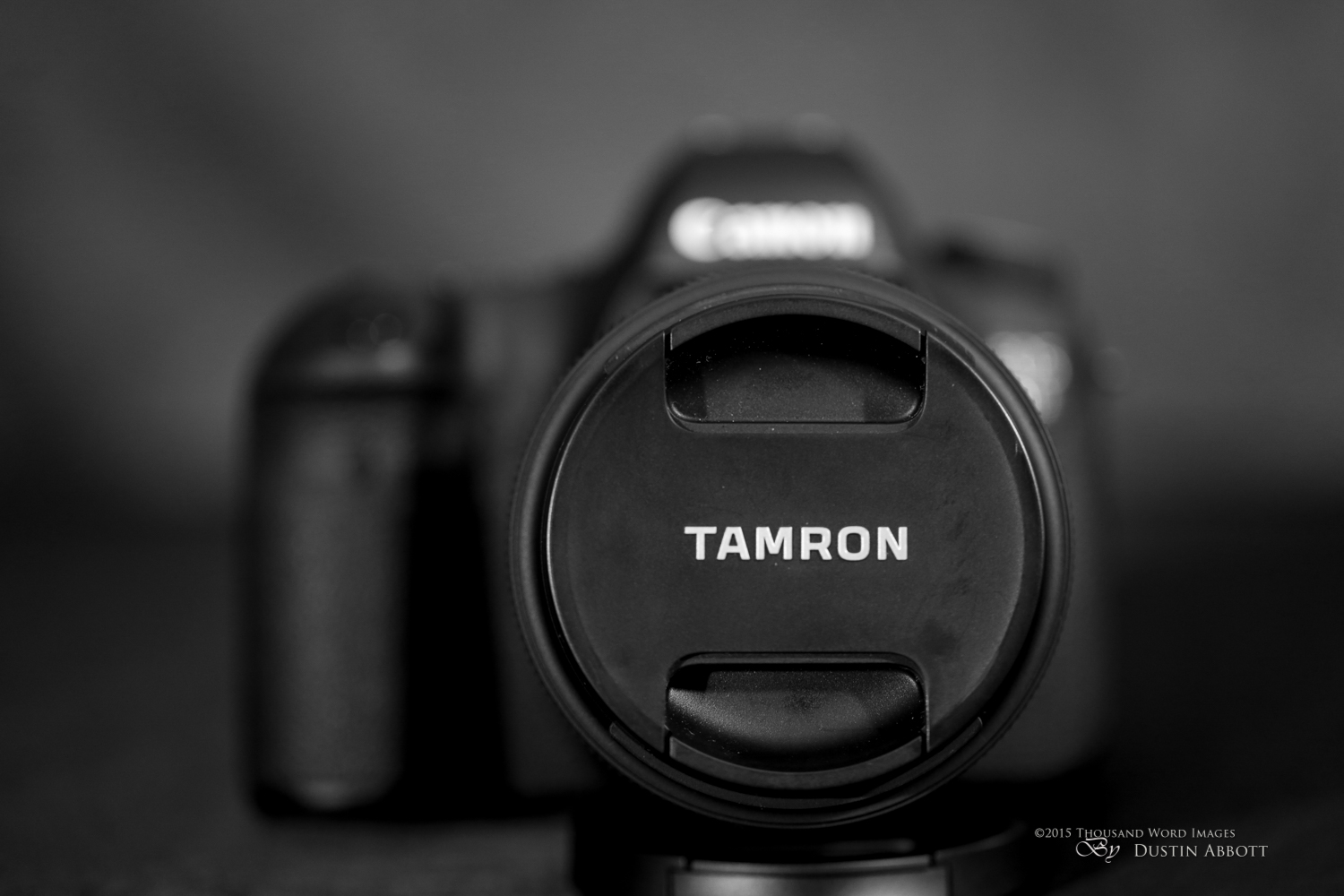
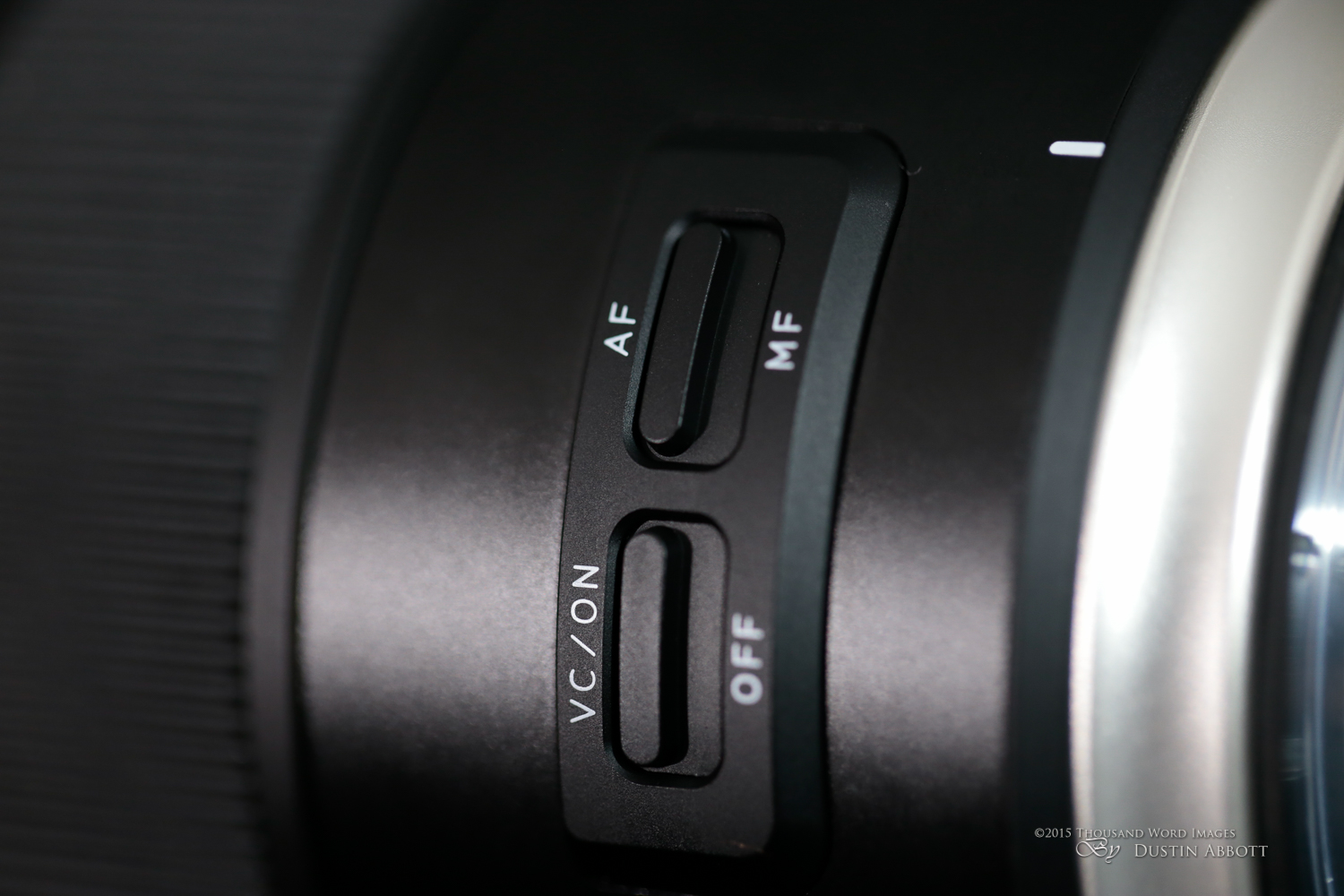

















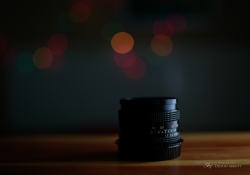

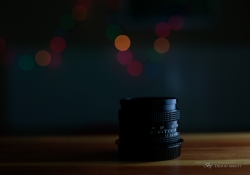
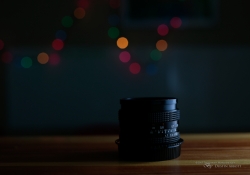
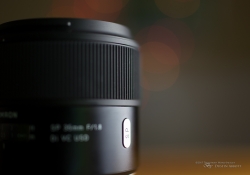
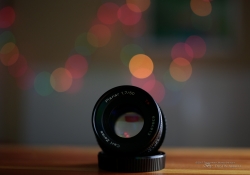
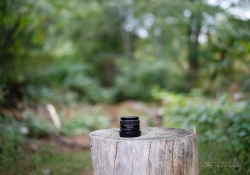

















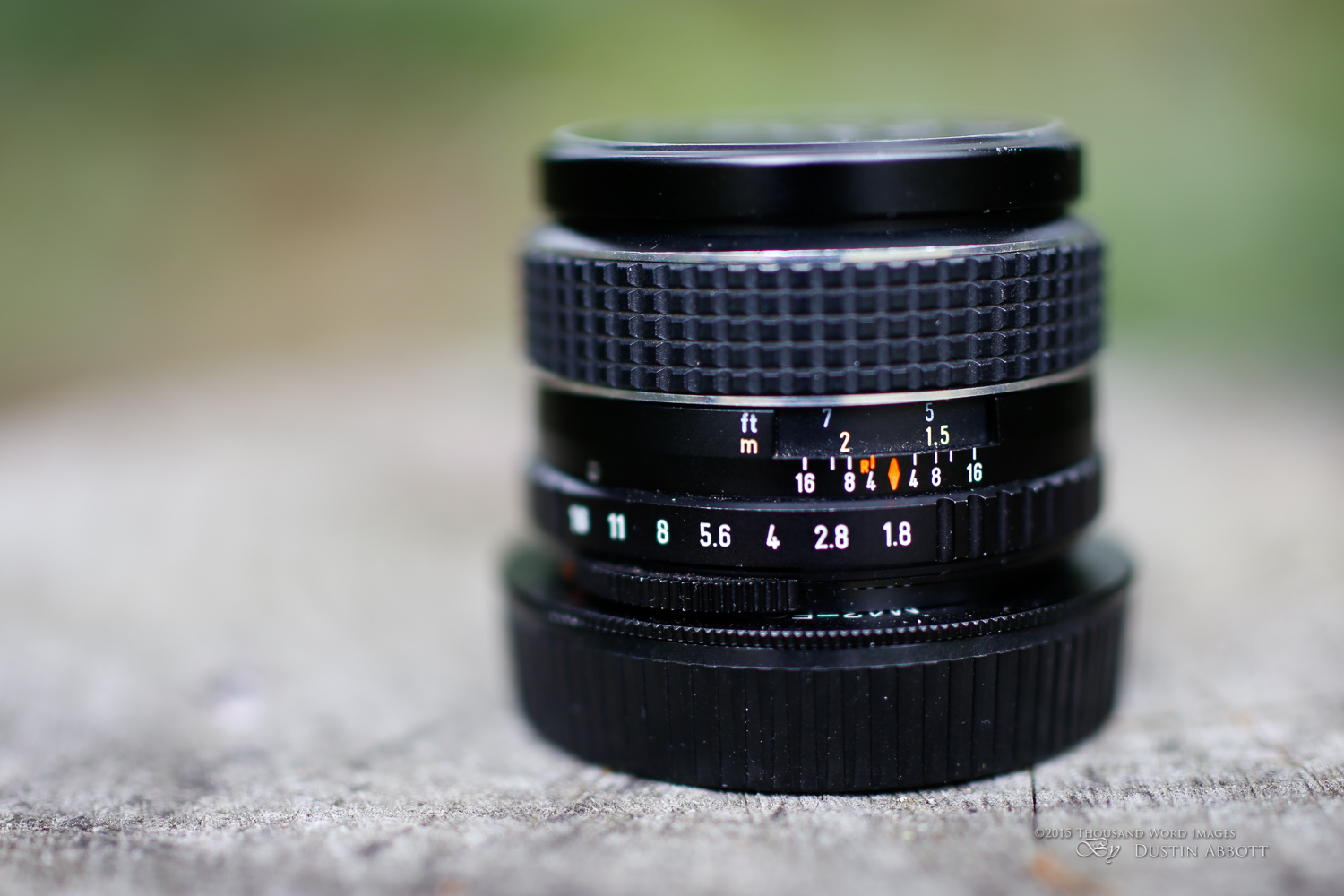
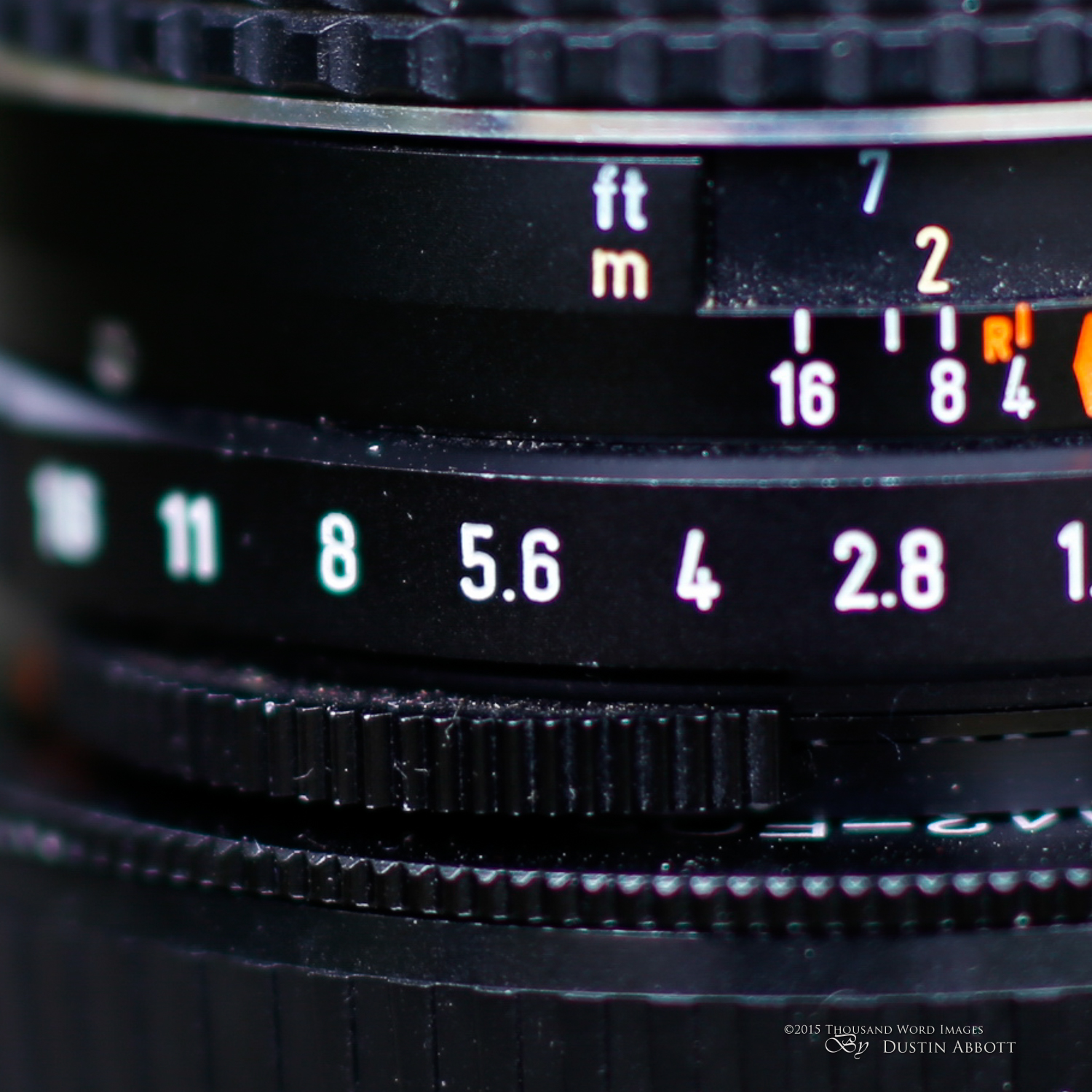
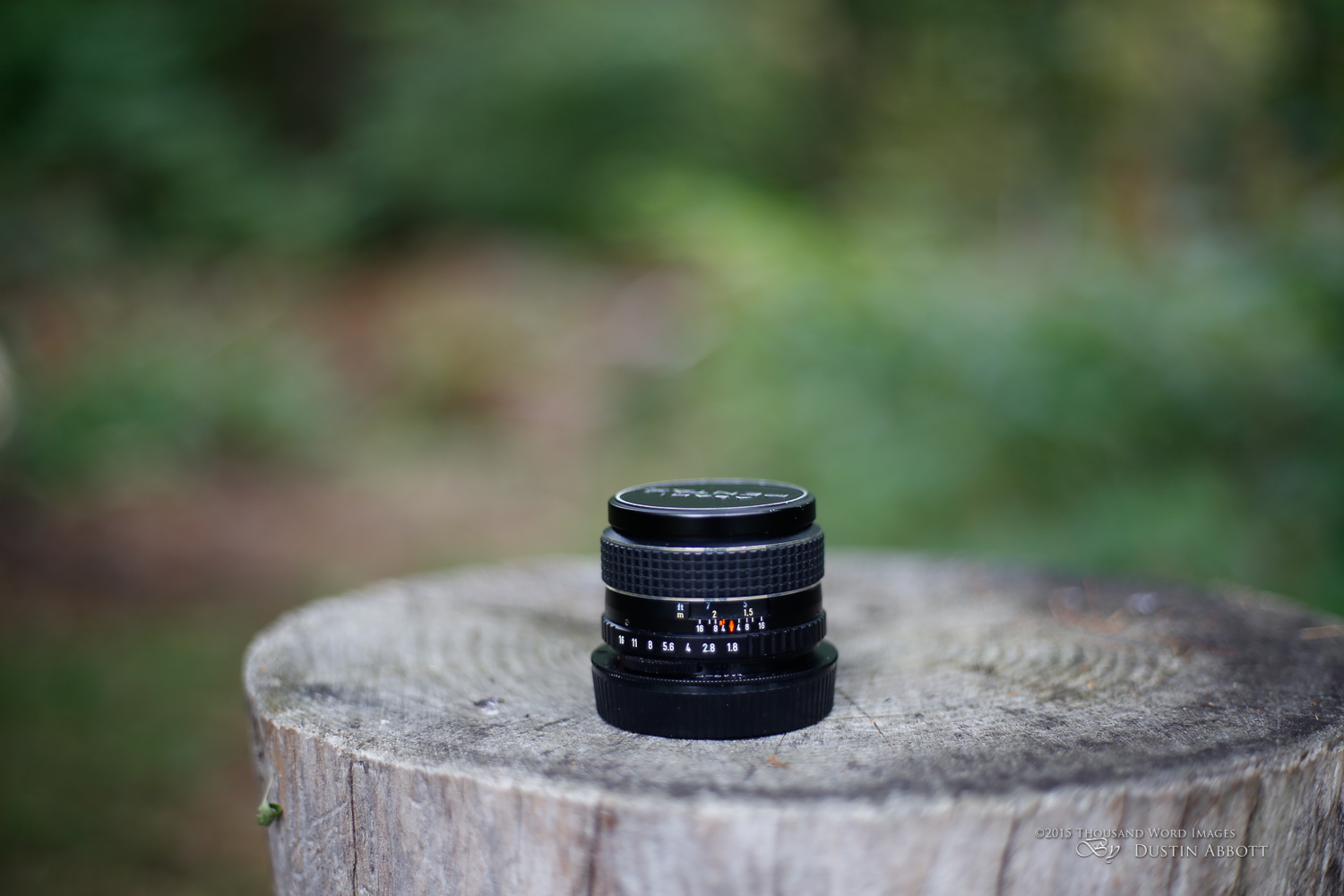
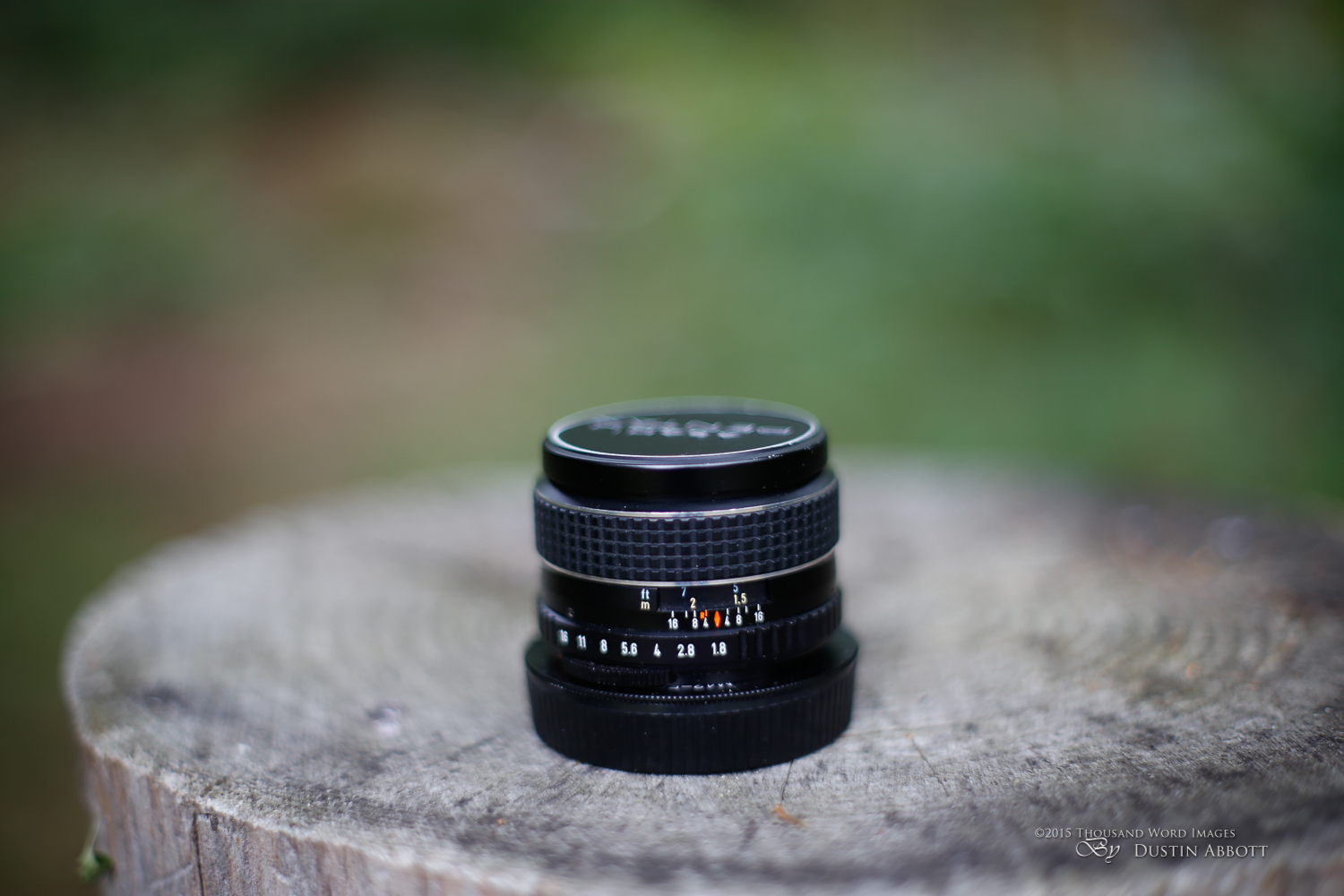
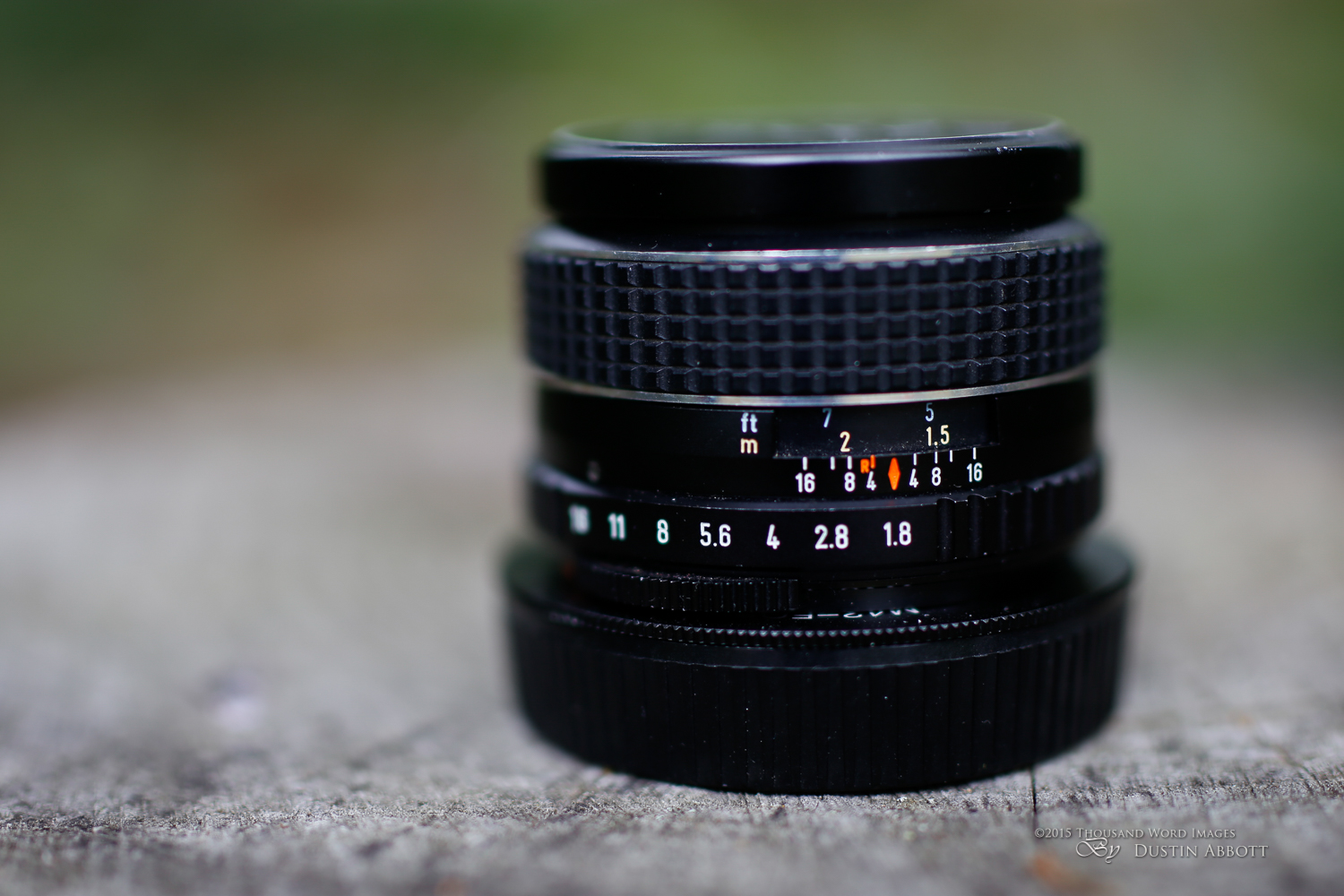
























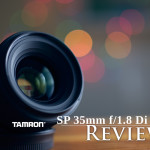

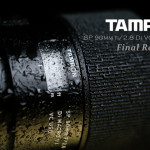

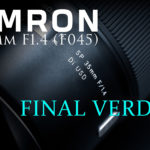
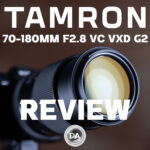
Thank you very much for this review! I am eagering to find the replacement for my good old EF50/1.4 USM, and after reading this review I was absolutely sure, that this is the solution.
But in the photo store the things were not so rosy. I found this lens having really slow AF on my EOS 6D in comparison with my other Canon lenses, starting from 40/2.8 STM. It looks like you’re trying to focus in darkness, when you barely see your object through VF, and the camera is always seeking the focus point for several moments before giving the confirmation. But that was happening in well lit hall, where my 40/2.8 focused almost instantly.
So I decided with a sore heart not to buy this lens despite its optical excellence. It seems like nothing left but waiting for proper 50 mm IS prime from Canon.
Hmmm, that doesn’t sound right. AF is not super fast, but neither did I ever see any behavior like what you are describing. That’s odd. I found the lens focused fine even in more challenging lighting situation (strong backlight, for example). Are you saying that your viewfinder was actually darkened? That shouldn’t be the case at all. This is a bright lens.
No, of course, the VF wasn’t darkened during the shooting with Tamron 45/1.8. There were normal indoor conditions (F/1.8, ISO 500, 1/160s), and the lens itself was brand new and OK in general.
But the AF speed was more like when I shoot with my 50/1.4 or 40/2.8 etc in such conditions when it’s hard to see something in VF because of darkness. In other words there was noticeable lag between half-pressing the shutter button and confirmation that it’s possible to shoot – even if I focused on the same object several times.
Also if I set the focus ring at 0.3 meters and then forced the AF to focus on the object in 5 meters from me, the lens could even fail to focus, sticking at infinity. Such behaviour was usual for my ‘2005 Sigma 70-300 APO, but that was very strange for much more expensive lens.
Odd. That was certainly not my experience. I’ve reviewed 25 lenses this year and haven’t seen what you are describing from any of them – certainly not this one
I’ve sent an email to Tamron office with description of this issue. If you are sure that your copy had good AF it’s possible that my copy was defective or something. If so, it would be a pleasure for me to obtain a good copy!
That’s probably wise. I’ve read a number of reviews other than my own and none have mentioned the issue you’ve described. I hope you get a great copy in the future.
By the way, the guys at lenstip.com also have only one major complaint for 45/1.8: its AF speed…
I’ve read their review, but in no way does it describe the kind of behavior that you saw. It’s a good enough lens that I’ve ordered a copy for my own kit.
So, you’ve finally assured me that this is a good lens, and my experience was unusual. 🙂 I’ve just ordered an “opened box” version from Amazon with $100 discount. I think, it’s fair price even if the AF speed is not as good as it could be. In my local store this lens costs $200 more.
Thank you again for informative review and sharing your experience with me!
Thank-you for this great review! After reading it, I was certain the Tamron 45mm was the perfect replacement for my EF 50 1.8 II I had been wanting to replace for some time, even after originally planning on replacing it with a 50L that I recently rented. As thoroughly written as your article is, it still left me with a few questions, number one being: If you had both the Sigma 50 Art and the Tamron 45 in your bag, which one would you consistently prefer and why? After all the fifty’s you reviewed, I would love to know your definitive opinion in relation to it’s primary competitor.
Since getting the Tamron, I also got a chance to hold and shoot a few pics with the Sigma 50 Art in a camera store. My impression of the Art was that it felt more solid, and thus better built than the Tamron. I also liked the looks of the Art better. So my second question is: What is it about the Tamron exactly that you think exhibits better build quality than the Sigma? Is it the fact that you know that the Tamron has weather resistance, or something else? Would you still feel that way if you took weather resistance out of the picture?
I have had the Tamron 45 for a couple of weeks now, and so far I have produced some beautiful images with it. Focus accuracy seems generally on par with the 50 1.8 II, but outer focus points seem to have trouble locking in low light with my 5DII. I wonder if the Sigma would do any better?
Bill, I did personally choose the Tamron over the Sigma for a few important reasons. First of all, I got more consistent focus results with the Tamron. I’m not alone in getting somewhat inconsistent focus results with the Sigma. Secondly, the Tamron is both physically smaller and also better built (the Sigma has a great looking design, but is primarily plastics while the Tamron is made of lightweight metals). The Tamron has good weather sealing; the Sigma has none. The Tamron can focus much, much closer and has better magnification; its manual focus ring is much better than either the Sigma or the 50L. I haven’t used either of the lenses on a 5DMKII, but I wouldn’t expect the Sigma to focus better (not my experience at all). The 50L, perhaps, but I’ve had very good focus results with the Tamron despite it not being the fastest focusing lens I’ve ever used!
Hi Dustin,
How does Tamron compare with Canon f2 IS in terms of IQ, AF speed and accuracy?
Thank you
The Tamron has a bit better image quality overall, but the Canon is definitely tops in focus speed (by a good margin) and is a bit more accurate (though this is close), The f/2 IS is one of Canon’s best focusing lenses in my experience, topping a good number of the L series lenses that I’ve used.
Great review! Really nice read.
I assume you own this lens.
How’s the long term experience?
Does the rubber ring any better than Sigmas?
How’s the AF speed in dark reception (both servo and single mode)?
I dont expect amazing, but is it fine? No strugle?
Keep the reviews comming.
Regards!
Miz, I really enjoy the lens (and yes, I did purchase a copy). Once I had the focus dialed in, it is really great for chronicling events and general purpose shooting. Accurate focus (but not fast). The focus ring is 100x better than the Sigma, no question.
I am seriously considering the Tamron 45. Have you used this lens for wedding type events or events with motion in less than ideal light such as a church? Is the focusing good enough to get a high sharp focus rate in conditions as I have described?
Larry